Who knew that a little known park in eastern Senegal has lions, hippopotamus, water buffalo, the rare giant Eland, and the northernmost population of chimpanzees in the world. West Africa is not known for its game reserves, but there are a few on offer (like Pendjari) that are certainly worth visiting. The Niokolo-Koba National Park in Senegal is one of them.
It sits on one million hectares of protected land, making it the largest park in Senegal. Since 1981, it has been classified as a World Heritage Site. While there is not much in the way of facilities, there is basic accommodation available. As I write this, the road is currently being worked on and will soon be newly paved all the way through the park.
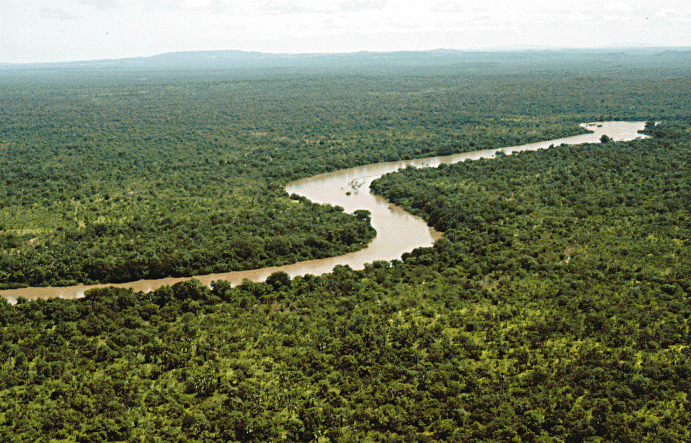
The park is located in the southeastern corner of Senegal.
Inside the park, there is a basic lodge known as the “Lion Camp”, which offers very simple accommodation. However, it is perfectly located next to a bend in the Gambia River.
You can get in touch with the park itself by sending an email to wassadou@niokolo.com. While their website has not been updated in some time, they are still available to take questions. There is no entry fee to get into the park, but it is highly recommended that you hire a guide based at the park’s campement.
The park is officially open year-round. It is renowned for its flora and fauna. According to the Wikipedia page on the park, you can expect the following:
The government of Senegal estimates the park contains 20 species of amphibians, 60 species of fish, 38 species of reptiles (of which four are tortoises). There are some 80 mammal species. These included (as of 2005) an estimated 11000 buffaloes, 6000 hippopotomii, 400 western giant eland, 50 elephants, 120 lions, 150 chimpanzees (It is inhabited by a banded forest in the park (Lower Rim) and Mount Assirik. (north-western limit line where chimps are distributed.)), 3000 waterbuck (kobus ellipsiprymnus), 2000 common duiker (Sylvicapra grimmia), an unknown number of red colobus (Colobus badius rufomitratus) and a few rare African leopards and West African wild dogs (Lycaon pictus manguensis), although this canid was thought to be wiped out throughout the rest of the country.[4] Other mammals include roan antelope, Guinea baboon, green monkey, patas monkey, warthog. Around 330 species of birds have been sighted in the park, notably the Arabian bustard, black crowned crane, Abyssinian ground hornbill (Bucorvus abyssinicus), martial eagle, bateleur (Terathopius ecaudatus), and white-faced duck (Dendrocygna viduata). There are also reptiles such as three species of crocodiles, four species of tortoises
While you are not guaranteed to see some of the bigger mammals or the chimpanzees, you can easily expect to come across hippos, crocodiles, antelope, warthogs, and plenty of baboons.
I most recently passed through the park in early 2017. While we were only passing through, we did see plenty of colobus monkeys, at least one bushbuck, and a rather large black scorpion in the road. In February 2017, the road was a mess, but they were making steady progress bringing the tarmac forward. I imagine that by early 2018, the park may be paved throughout.
UPDATE: As of October 2017, the road through the park remains unpaved and in a poor state.
Anyone been to the park recently that can provide an update on the road or park conditions?
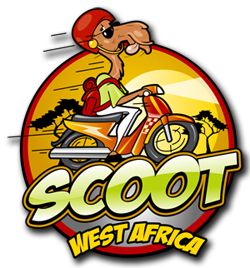
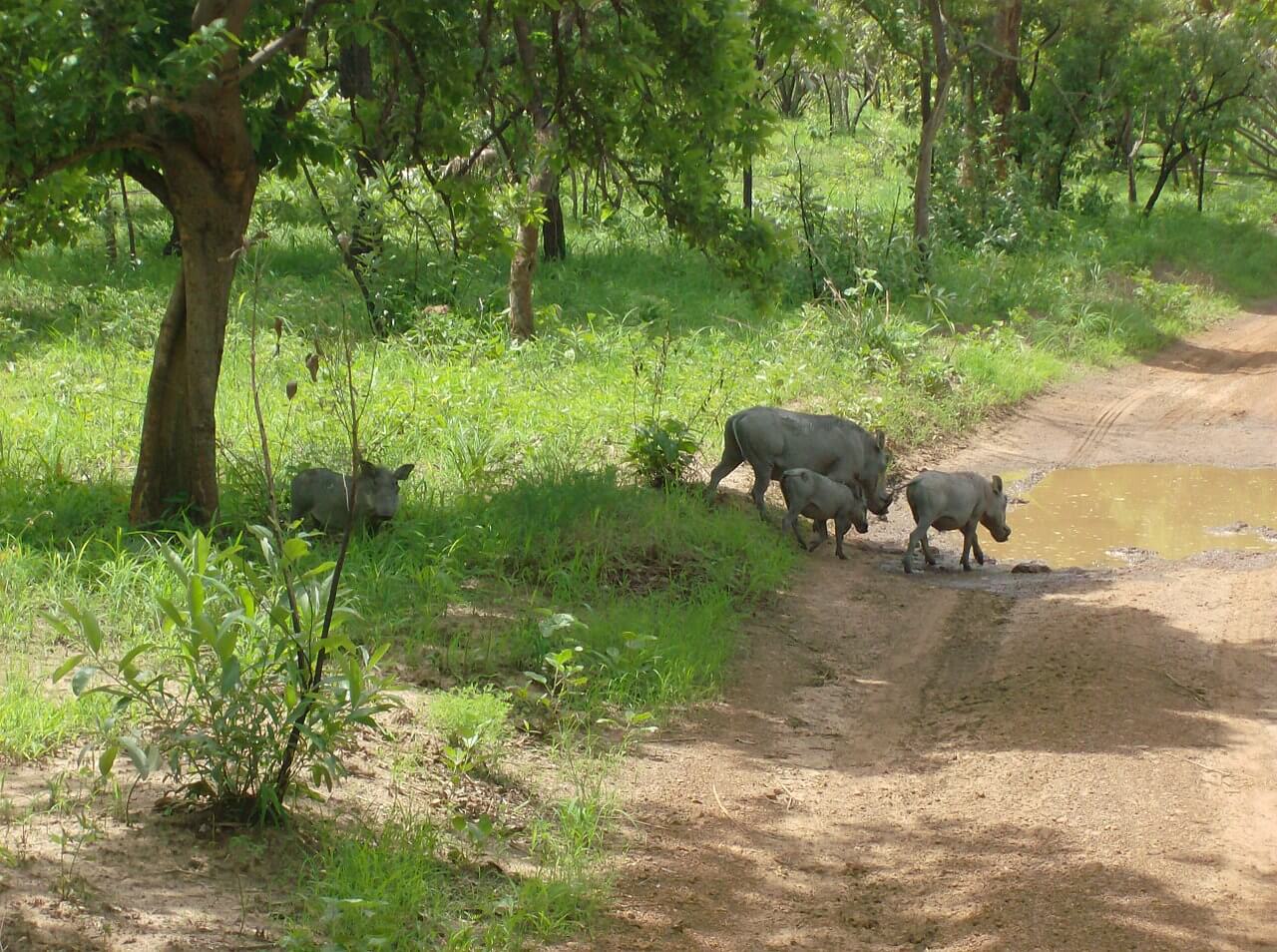
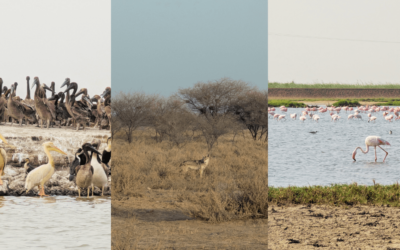
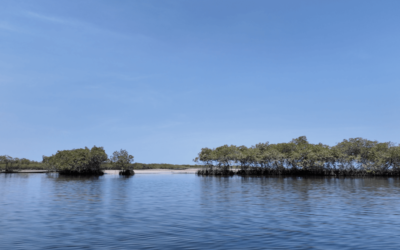
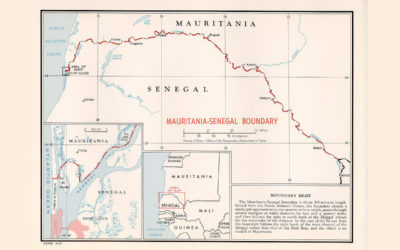
We were in Niokolo Koba last week. The roads in the park are still bad and not paved. There is an entree fee per person and a fee per car (or you have to hire a 4X4, which is recommended, given the bad roads) and a guide is not optional.
We stayed in the Niokolodge, about an hour drive from the entrance; not cheap but with stunning views of the Gambia river and very good food (breakfast, lunch -can be taken as picnic- and dinner is included in the price, drinks are to be paid extra).
Need extra info? Give me a shout!
Thanks a lot for this update, Inge. Very helpful!